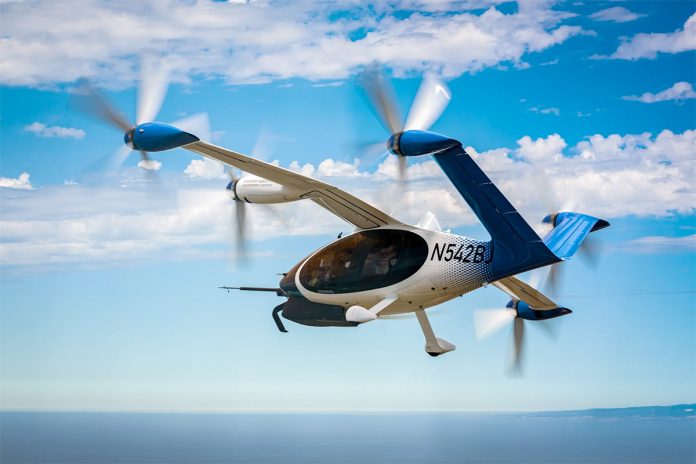In a significant advancement for hydrogen-powered aviation, Joby Aviation recently achieved a landmark 523-mile non-stop flight with its S4 eVTOL air taxi. This milestone represents a notable increase in range compared to battery-powered versions and marks a significant moment in clean aviation.
The flight, which more than triples Joby’s previous 154-mile battery-powered record, underscores the potential of hydrogen in aviation. This achievement is not only a technical milestone but also sets the stage for future developments in the industry, moving beyond Joby’s initial goal of launching battery-powered air taxi operations by 2025.
The competitive eVTOL landscape
China has made significant strides in the eVTOL sector, achieving world-first type certifications, commencing commercial operations, and making next-generation battery advancements. Despite these developments, Joby has steadily progressed, having initiated manned demonstration flights last year, including a notable flight in New York City.
Joby’s recent flight leverages hydrogen to potentially outpace its competitors. While hydrogen faces significant challenges in the automotive sector, its superior energy-to-weight ratio makes it an attractive option for aviation, where lifting heavy loads and payloads is critical.
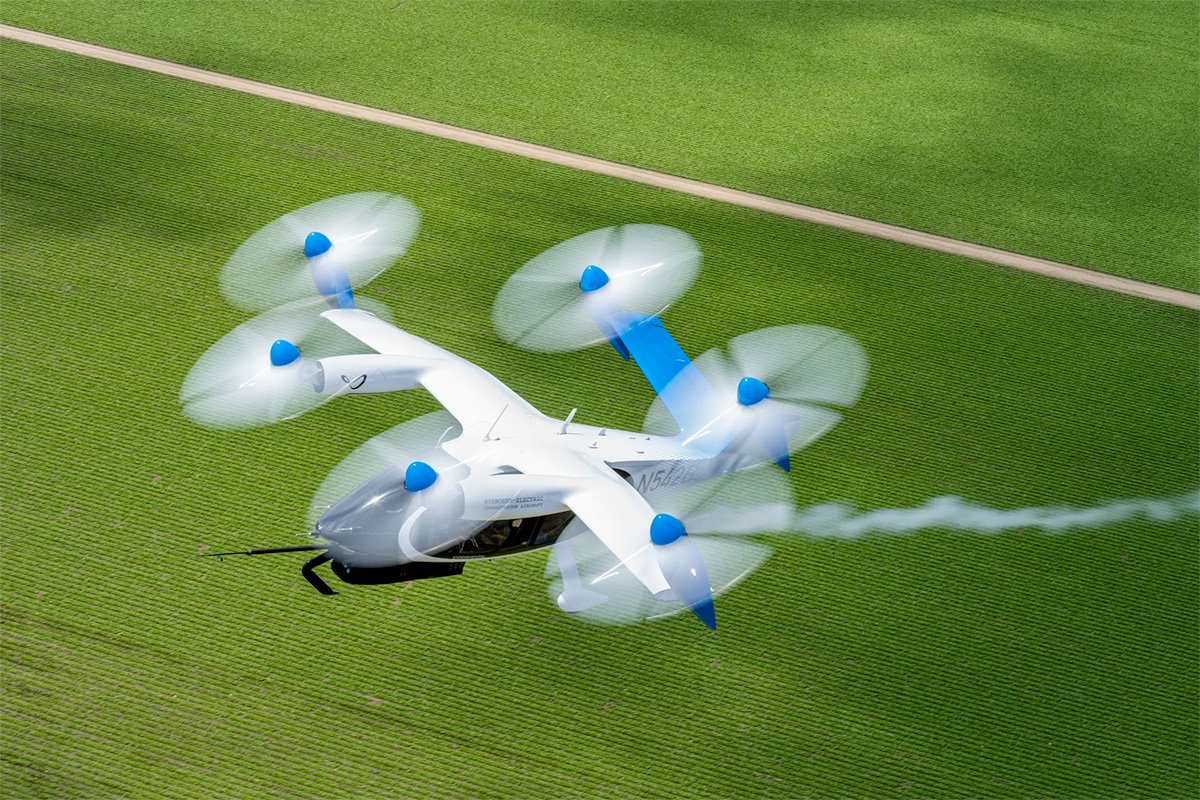
Current battery technology limits the range of electric aircraft. For instance, the world-first-certified eHang EH216-S has a limited 19-mile range, suitable only for local scenic flights and cross-town taxi rides. Even the market leaders, Joby’s battery-electric aircraft and Autoflight Prosperity, with ranges around 155.7 miles, are restricted to short-distance passenger or cargo transport.
Hydrogen’s aviation potential
Although hydrogen has been a potential energy source from the beginning, its technology is less mature than lithium batteries, particularly in cryogenic liquid form, where it offers the greatest weight advantages. In 2021, Joby acquired H2Fly, a German hydrogen aircraft pioneer, which had already made significant progress, including the first piloted flight of a liquid-hydrogen-fueled electric aircraft.
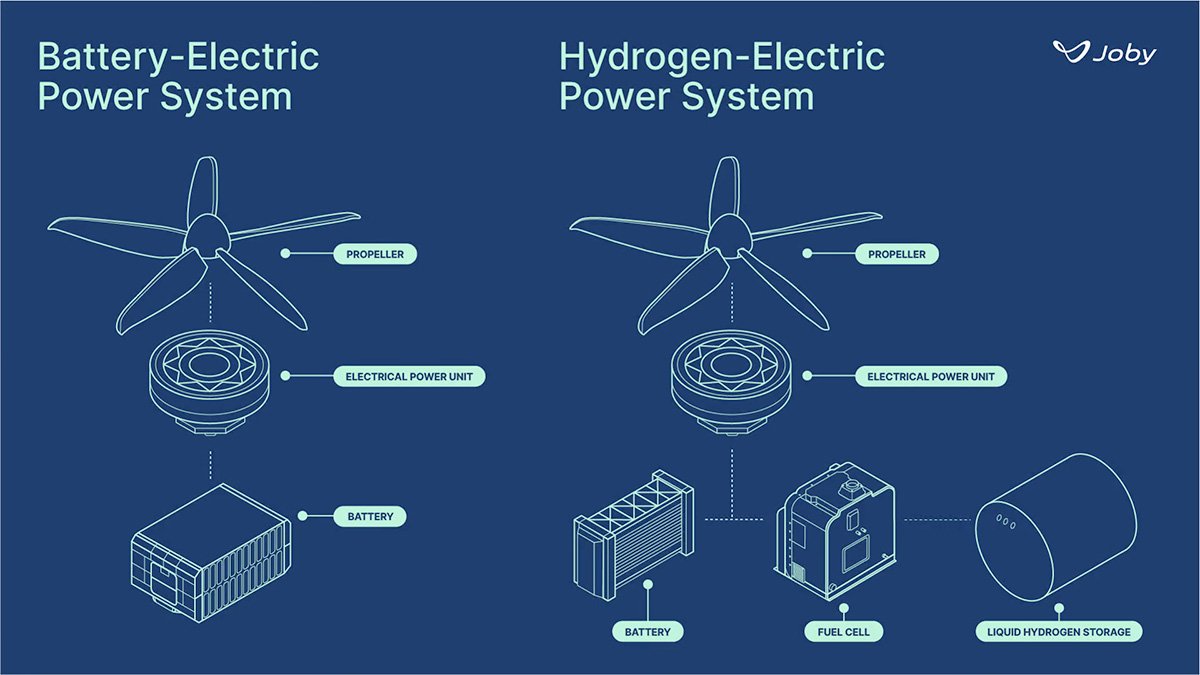
For the recent flight, Joby retrofitted a liquid hydrogen fueling system and fuel cell power system to its pre-production tilt-rotor eVTOL, previously tested extensively on battery power. The hydrogen fuel cell system powered the aircraft’s six rotors for a 523-mile journey, emitting only water vapor and landing with 10% of its fuel remaining.
Technical specifications and achievements
In May, Joby converted the battery-powered eVTOL to a hydrogen-electric demonstrator by adding a cryogenic fuel tank capable of storing up to 88 pounds of liquid hydrogen at 22 Kelvin (-420°F, -251°C). The tank’s vacuum jacketing maintains a safe ambient temperature. The hydrogen fuels the H2Fly-developed ‘H2F-175’ fuel cell system, which produces electricity, water, and heat through an electrochemical reaction with oxygen. This electricity powers the aircraft’s rotors, with a small battery assisting primarily during takeoff and landing. The fuel cell also recharges this battery.
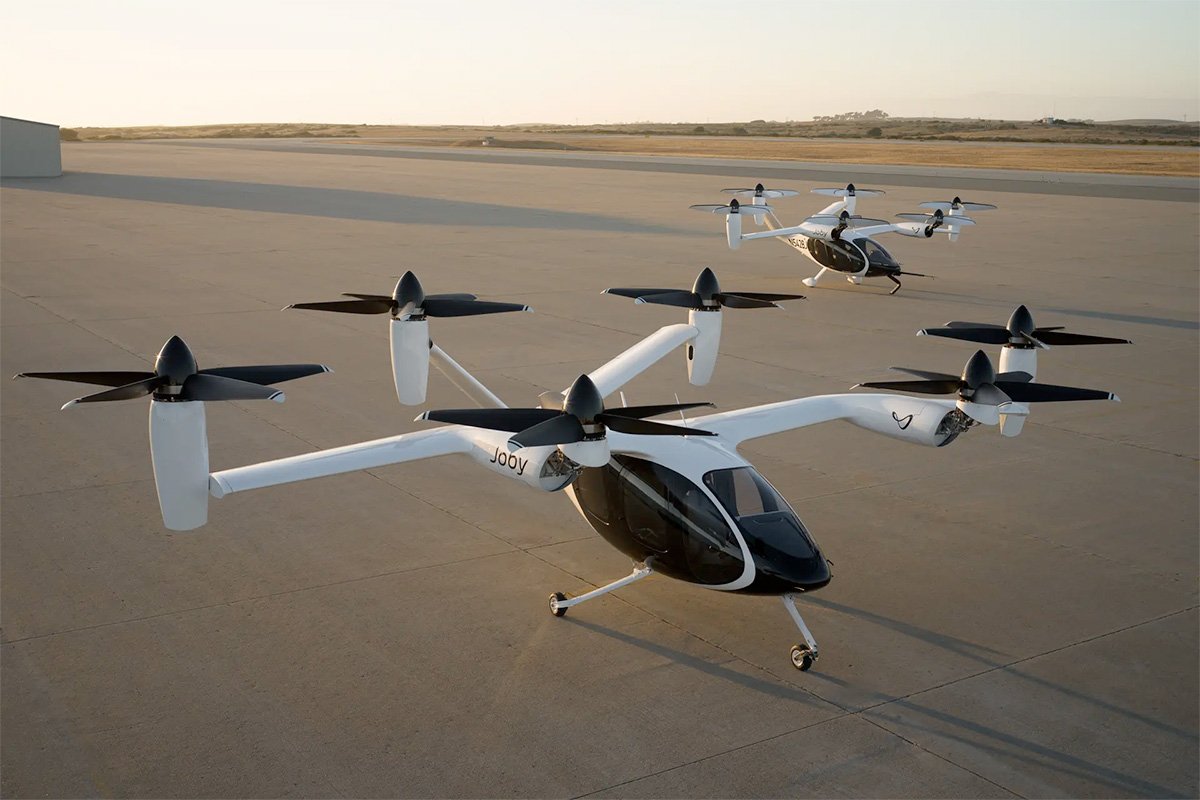
Joby’s founder and CEO, JoeBen Bevirt, highlighted the potential of hydrogen-electric flight to transform travel, enabling emission-free flights over significant distances without the need for traditional airports.
Implications for the future
The majority of the design, testing, and certification work for Joby’s battery-powered eVTOL is directly applicable to the hydrogen-powered version. Joby plans to use the same landing pads, ElevateOS software, and operations team for its hydrogen program, aiming to provide regional point-to-point services without requiring airport runways.
Joby’s 523-mile flight is a pioneering achievement, likely the first forward flight of a liquid hydrogen-fueled VTOL. While this record was achieved more by default due to the novelty of the technology, it hints at the potential for even greater ranges. Joby has previously suggested that a range exceeding 900 miles is achievable with a fixed-wing aircraft like the H2Fly HY4.
Comparisons with hydrogen fuel cell automobiles
On the ground, hydrogen fuel cell vehicles currently lag behind the highest-range battery-powered cars in terms of range. For example, the Toyota Mirai has a range of 404 miles compared to the 620-mile range of leading battery-powered vehicles. Additionally, hydrogen vehicles suffer from limited fueling infrastructure.
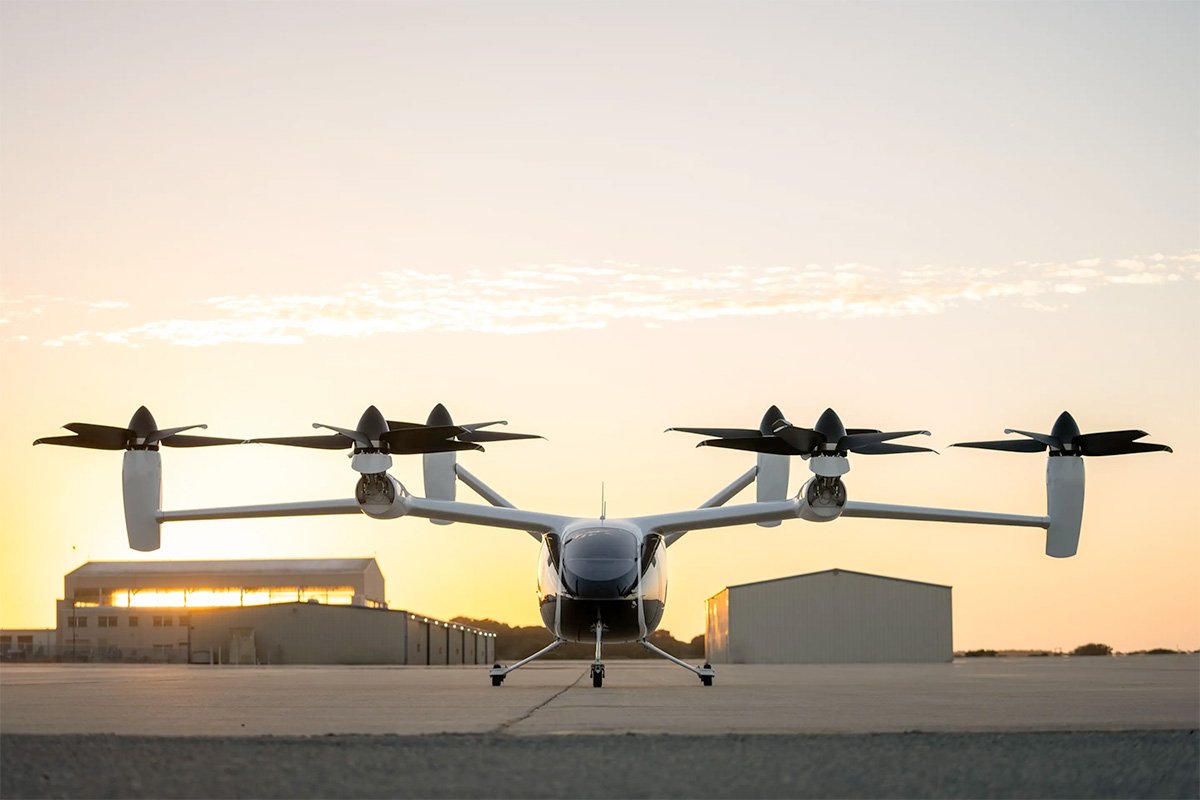
However, hydrogen’s advantages are more pronounced in aviation. The fueling infrastructure challenge is easier to address for air taxis by establishing fueling stations at launch and destination points, expanding gradually with new locations and flight paths. Hydrogen can also be produced on-site, eliminating transportation challenges.
Conclusion
Joby’s 523-mile eVTOL flight represents a significant moment for the company, the eVTOL sector, and clean aviation as a whole. Once certified, the liquid hydrogen powertrain could significantly extend the range of electric aircraft, advancing the decarbonization of air transport.
Joby has consistently been at the forefront of the eVTOL industry, and this achievement underscores its position as a leader in the sector. The successful integration of hydrogen technology into its aircraft showcases the potential for substantial advancements in sustainable aviation.
Source: Joby Aviation

